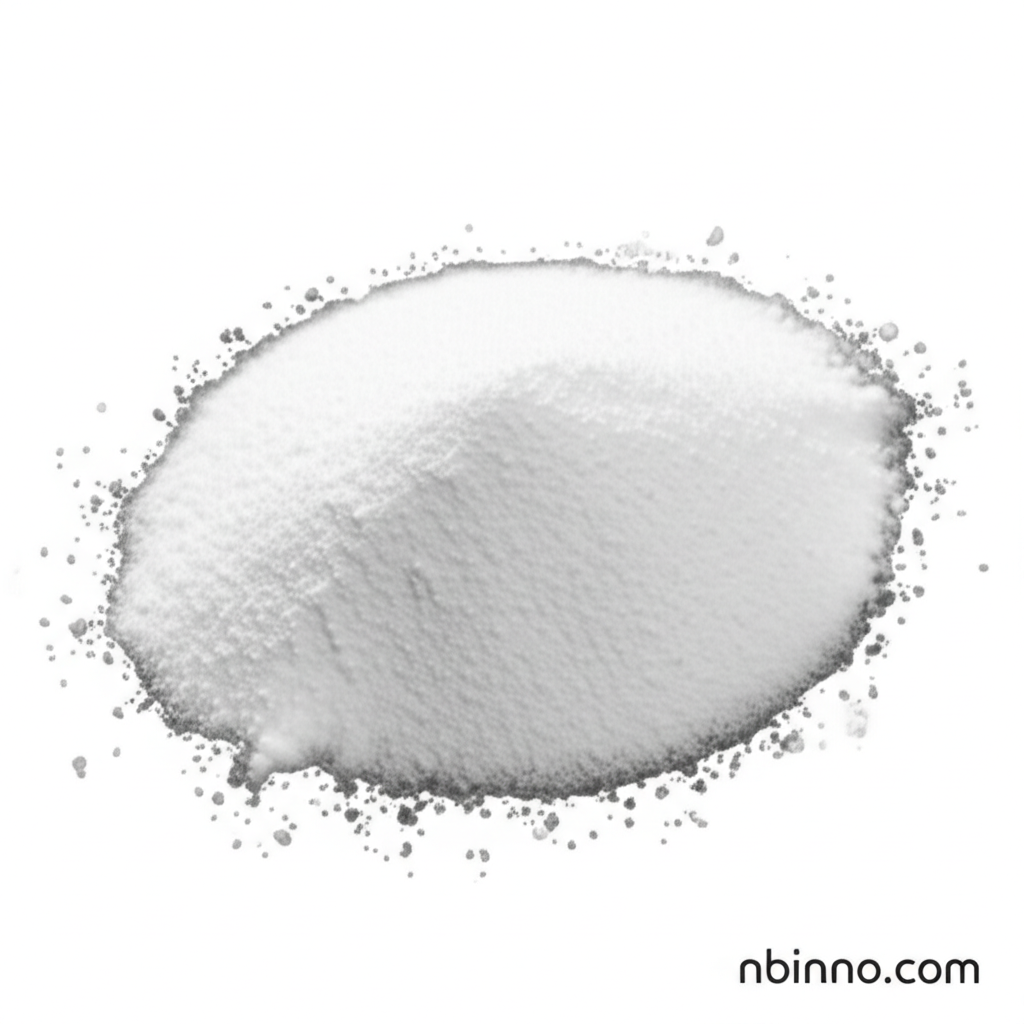High-Quality Hydroxypropyl Methyl Cellulose (HPMC) Powder for Enhanced Tile Adhesives and Construction
Elevate your construction projects with superior HPMC, optimizing performance and durability.
Get a Quote & SampleProduct Core Value

Hydroxypropyl Methyl Cellulose Powder
Hydroxypropyl Methyl Cellulose (HPMC) is a non-toxic, odorless, and tasteless cellulose ether renowned for its excellent water solubility and versatile properties, making it an indispensable additive in modern construction materials.
- Benefit from HPMC for tile adhesive water retention, ensuring optimal hydration for strong bonds.
- Improve your wall putty performance with hydroxypropyl methyl cellulose powder, enhancing workability and finish.
- Source high-quality construction grade HPMC from reliable suppliers for consistent project outcomes.
- Buy HPMC for EIFS mortar to achieve superior adhesion and weather resistance in exterior insulation systems.
Product Advantages
Enhanced Workability
HPMC acts as a crucial thickener, improving the ease of application and plasticity in dry mix mortar, contributing to a smoother construction process.
Superior Water Retention
As a premier water-retention agent, HPMC prevents premature drying of cement plaster, extending the open time and ensuring proper hydration for stronger bonds.
Improved Sag Resistance
The thixotropic properties imparted by HPMC are vital for preventing sagging in thicker applications, such as wall putty, leading to a cleaner and more uniform finish.
Key Applications
Tile Adhesives
Utilize HPMC for tile adhesive water retention, which maximizes water content in the slurry, enhancing adhesion and preventing rapid drying.
Wall Putty
Hydroxypropyl methyl cellulose powder for wall putty ensures excellent water retention and anti-sagging properties, leading to a perfect finish.
EIFS Mortar
Buy HPMC for EIFS mortar to achieve improved adhesion, good wetting ability, and reduced air entrainment for exterior insulation finish systems.
Cement Plaster
Leverage HPMC for cement plaster to increase water demand, leading to easier spreading, improved consistency, and more economical formulations.
